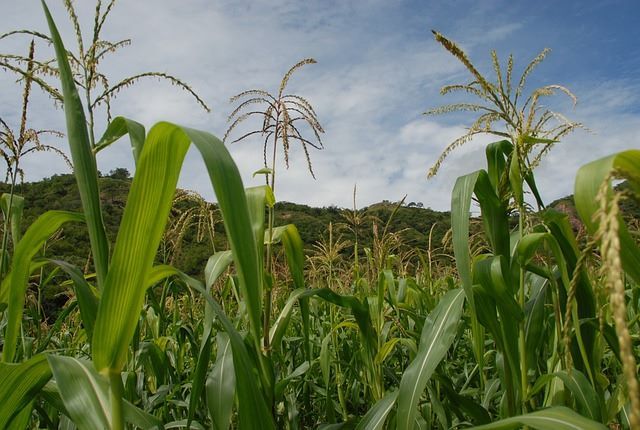The Milpa: A Pillar of Mexican Culture and Spirituality
Discover the rich cultural and spiritual significance of the milpa in Mexico's history and identity. Explore its symbiotic relationship with peasants, sacred celebrations, and the enduring traditions that shape the Mexican way of life.





